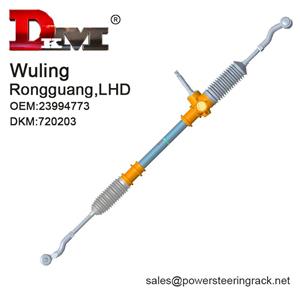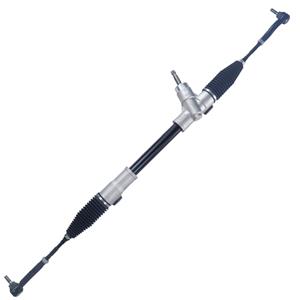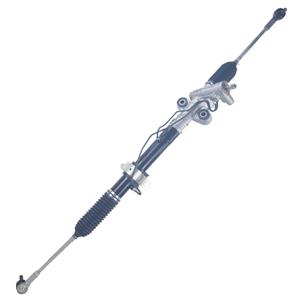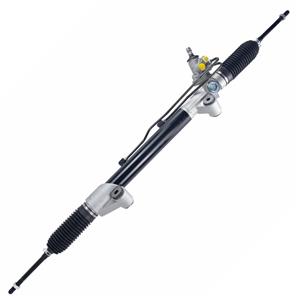What is a power steering pump? How does the power steering pump work?
In modern cars, driving comfort and handling are important design considerations. As a key component, the power steering system significantly reduces the driver's burden during steering operations. The power steering system can provide the necessary assistance when the driver turns the steering wheel, making the vehicle steering easy and smooth. In the power steering system, the power steering pump is a crucial component, which is responsible for providing hydraulic power to the system.
So, what is a power steering pump? How does the power steering pump work? This article will explore these issues in detail to help readers better understand this core automotive technology.
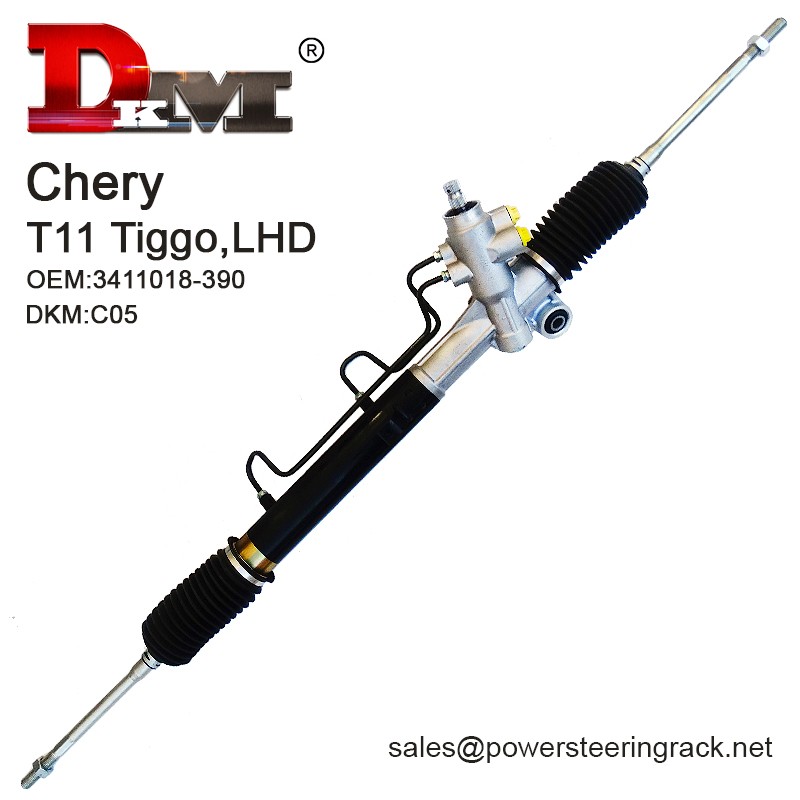
What is a power steering pump?
The power steering pump (Power Steering Pump) is one of the key components in the power steering system. Its main function is to generate hydraulic oil flow through mechanical force to provide power to the steering system. Usually, the power steering pump is driven by the engine and uses a belt drive to convert the engine's rotational energy into hydraulic energy to provide the required hydraulic pressure for the steering system. Through this process, the power steering pump can help the driver easily turn the steering wheel, especially when driving at low speeds and parking. Its power-assisted effect is particularly obvious.
The power steering pump is usually installed in the engine compartment, close to the engine, to obtain the engine's power through the belt drive system. It is connected to the power steering tank and steering rack or steering gear to form a complete hydraulic circuit system.
How does the power steering pump work?
Understanding the working principle of the power steering pump will help you better understand its role in the vehicle steering system. The power steering pump provides hydraulic assistance to the system by drawing hydraulic oil from a reservoir, pressurizing it, and delivering it to the steering rack or steering gear. Specifically, the working process of the power steering pump can be divided into the following steps:
1. Oil suction process: The power steering pump sucks hydraulic oil from the power steering tank. This process is usually accomplished via vanes, gears, or rotors inside the pump, depending on the type of pump design. When the pump rotates, the negative pressure generated inside draws the hydraulic oil from the oil storage tank into the pump chamber.
2. Pressurization process: After the hydraulic oil enters the pump chamber, it is squeezed by the rotating element of the pump, generating high pressure. This high-pressure oil flows out of the pump body through the outlet and enters the hydraulic circuit. The pressure in the pump body increases as the pump speed increases, which means that the higher the engine speed, the higher the pressure of the hydraulic oil.
3. Delivery process: High-pressure hydraulic oil is delivered to the steering rack or gear mechanism through hydraulic pipelines to provide the required boost. When the driver turns the steering wheel, the steering rack or gear is pressured by hydraulic oil, which in turn helps the wheels achieve smooth steering operation.
4. Return process: After the steering operation is completed, the hydraulic oil returns to the oil storage tank and waits for the next cycle. In order to ensure the stable operation of the system, the hydraulic circuit is usually equipped with a pressure regulating valve to control the maximum pressure of the hydraulic system and prevent the system from overloading.
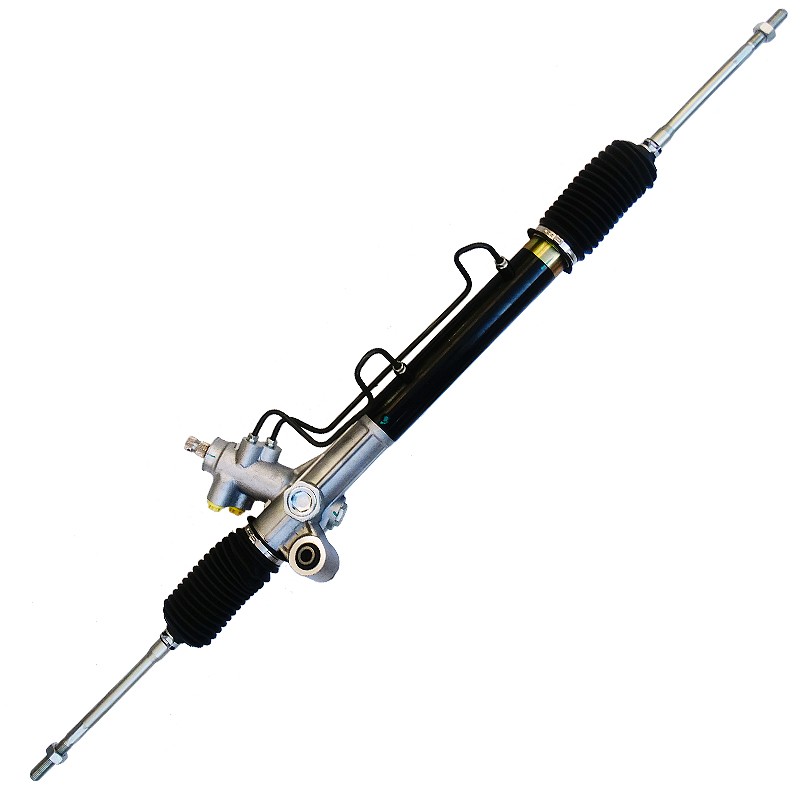
What are the types of power steering pumps?
There are many types of power steering pumps designed and manufactured, and while their basic principles are similar, each is constructed and works differently. Common power steering pump types include:
1. Vane power steering pump: This is the most common type of power steering pump and is widely used in various vehicle models. There is a rotating rotor inside the vane pump, and multiple freely sliding blades are installed on the rotor. When the rotor rotates, the blades adhere to the inner wall of the pump casing through centrifugal force, forming a sealed chamber. As the rotor rotates, the volumes of these chambers change, thereby completing the process of oil suction and pressurization.
2. Gear-type power steering pump: A gear-type pump consists of a pair of gears, usually an internal gear design. One gear is connected to the drive shaft, while the other gear is free to rotate. As the gears rotate, hydraulic oil is trapped between the gears and pressurized, creating a high-pressure fluid flow. The gear pump has a simple structure and is durable, but has low efficiency and is suitable for vehicles with low hydraulic requirements.
3. Rotor-type power steering pump: Rotor-type pumps are similar to vane-type pumps, but their rotor design is more complex and are usually used in vehicles that require higher pressure and flow. The rotor pump achieves oil suction and pressurization through the eccentric movement of the rotor, and is suitable for use in high-performance vehicles or heavy-duty vehicles.
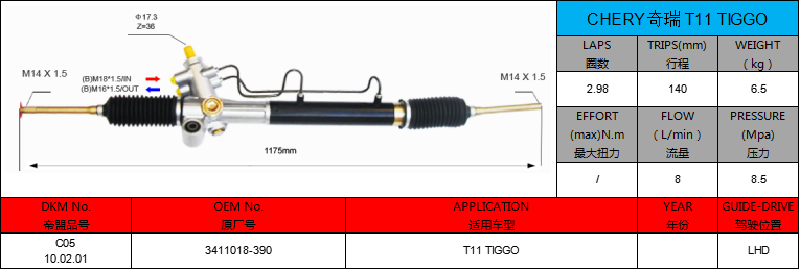
What is the role of the power steering pump in the steering system?
The power steering pump plays a central role in the steering system. It provides the entire system with the required hydraulic pressure, allowing the driver to easily control the direction of the vehicle. The functions of the power steering pump can be summarized into the following aspects:
1. Provide steering assistance: The power steering pump helps the driver reduce the burden of turning the steering wheel by pressurizing and delivering hydraulic oil, especially when driving at low speeds or parking. This assistance not only improves driving comfort, but also increases vehicle handling and safety.
2. Maintain system stability: The power steering pump ensures the normal operation of the steering system by continuously providing stable hydraulic pressure. The pressure regulating valve in the system can also automatically adjust the pressure according to driving conditions to prevent system overload or loss of pressure, thereby avoiding steering failure.
3. Extend the life of the system: While providing power assistance, the power steering pump also provides lubrication for the racks, gears and other moving parts inside the system, reducing friction and wear between components, thereby extending the service life of the entire steering system. .
4. Reduce engine load: Although the power steering pump is driven by the engine, it is usually designed with a balance of efficiency and engine load in mind. Driven by a belt, the power steering pump is able to provide sufficient hydraulic pressure without significantly increasing engine load. This design ensures that the engine and steering system work in harmony.
Frequently Asked Questions and Maintenance of Power Steering Pump
Although the power steering pump generally performs reliably over the life of the vehicle, some common problems are inevitable due to the complex working environment and harsh operating conditions. Here are some common power steering pump failures and corresponding maintenance recommendations:
1. Pump body noise: When the power steering pump is working, mechanical noise may be generated inside, such as "buzzing" or "squeaking" sounds. This is usually caused by worn blades or gears within the pump, insufficient hydraulic fluid, or air entering the system. To avoid this situation, vehicle owners should regularly check the hydraulic oil level and ensure that hydraulic oil that meets specifications is used.
2. Hydraulic oil leakage: Oil leakage may occur at the connection between the power steering pump and the hydraulic pipeline. This is mainly caused by the aging of the sealing ring or poor pipeline connection. When oil leakage is found, seals should be replaced or pipelines repaired in time to prevent the hydraulic system from losing pressure and affecting the steering assist.
3. Steering is heavy or fails: When the hydraulic oil pump cannot provide sufficient pressure or there is a blockage inside the system, the steering operation will become heavy or even completely lose power. This could be due to an internal pump failure or a clogged hydraulic oil filter. In this case, the vehicle owner should send it for repair immediately and replace the damaged parts.
4. Hydraulic oil contamination: The hydraulic oil of the power steering pump needs to be kept clean to ensure the normal operation of the system. If the hydraulic oil is mixed with impurities or contaminated, it will increase the wear of the pump body and other components. Vehicle owners should regularly change the hydraulic oil and clean or replace the hydraulic oil filter to keep the system clean and functioning properly.
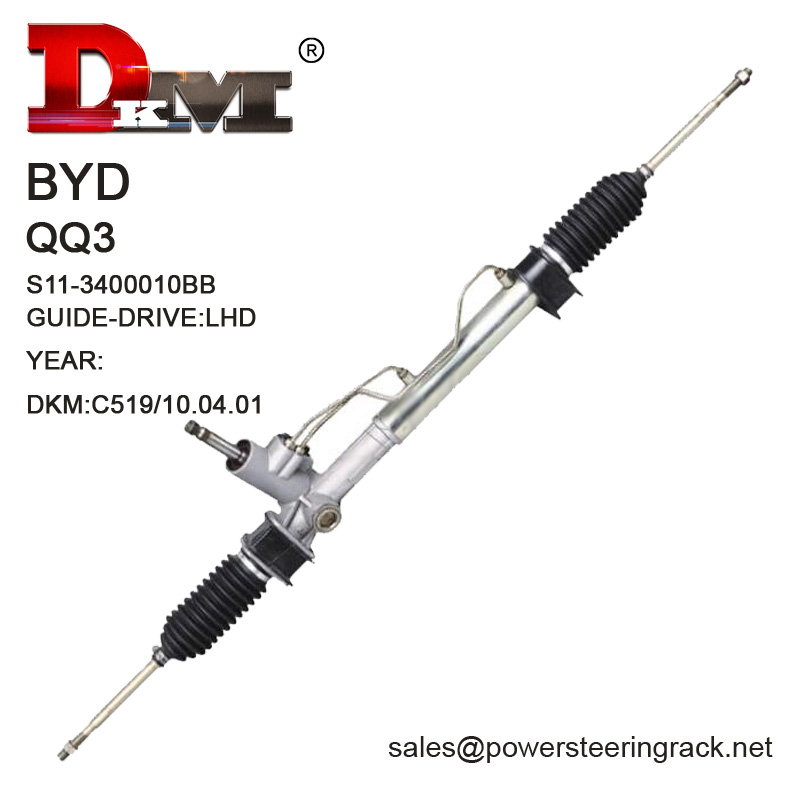
Power steering pump replacement and repair
When a power steering pump fails beyond repair, the entire pump body usually needs to be replaced. Replacing the power steering pump is relatively complicated and requires professional maintenance personnel. The process of replacing the pump body includes disassembling the old pump, cleaning the hydraulic lines, installing the new pump, and bleeding and filling the hydraulic oil. The entire process should be carried out strictly in accordance with the manufacturer's specifications to ensure that the system is restored to normal operation.

